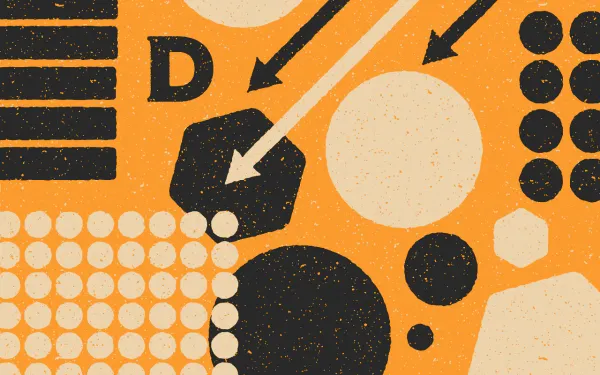Design Lore (Theory 101)
The "side quests" of graphic design theory. Explore at your peril.
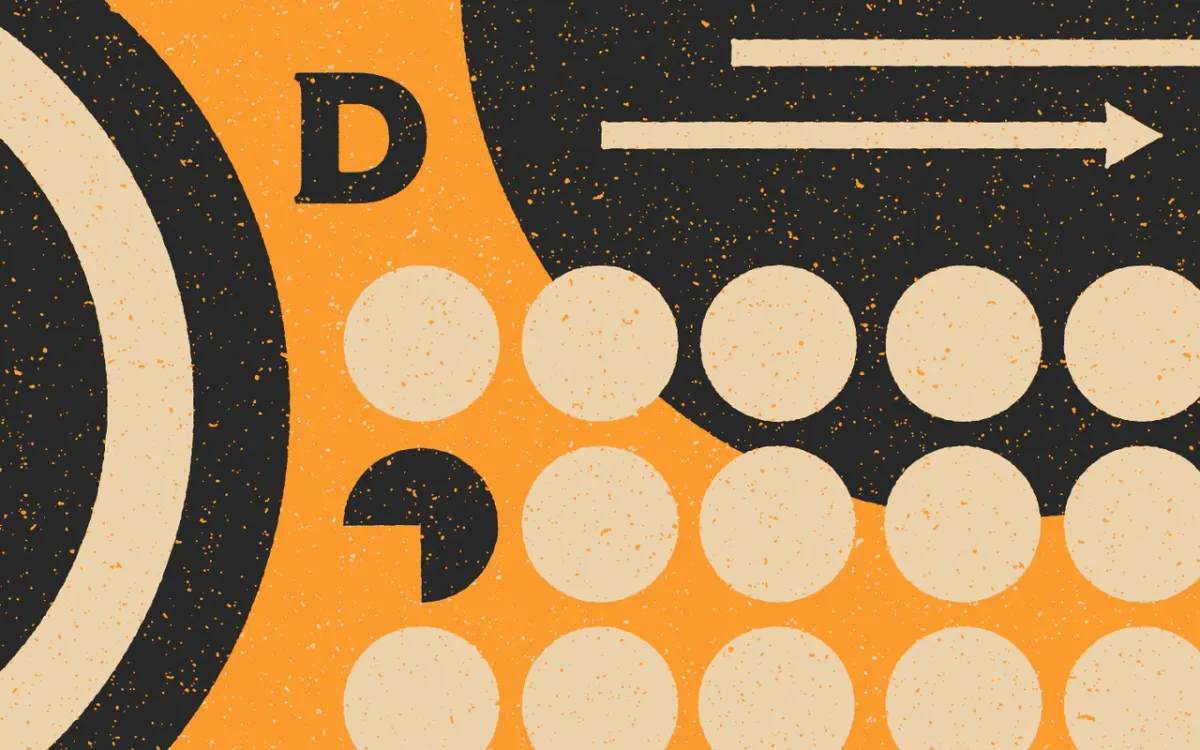
The "side quests" of graphic design.
Think of these concepts as optional. You don't need them to design an rpg. When you're getting started, you should ignore these. "Design Lore" is my silly way of describing a concept that combines art, science, and theory. Some of these concepts will seem like cheat codes, others warnings, and some like fact.
You get to decide how you want to challenge or embrace them.
My suggestion? Treat them like inspiration for games that haven't been made yet. Rumors for more design adventures. And more importantly, opportunities to discover something new.

Aesthetic-Usability Effect
Users subconsciously perceive aesthetically pleasing designs as more usable.
In other words, if your game looks really good, people will tolerate its flaws. The positive response might even lead them to believe it works better than it does.
Lessons to be learned.
- Aesthetics can help or hinder. Poor visuals can make your writing and game systems seem worse than they are. Likewise, great visuals can only elevate and even "fix" less lovable prose and rules. Don't skip on it.
- Don't bring an ugly gun to a knife fight. In real life, the best-looking work has the advantage. Whether it's on Itch, a shelf, or an awards show—put extra work into the first impression. The momentum will help you win.
Masaaki Kurosu, Kaori Kashimura | Hitachi Design Center
Positive Affect and Its Influence on Cognition
F. Gregory Ashby | University of California, Santa Barbara
Universal Principles of Design, Revised and Updated
William Lidwell, Kritinia Holden, Jill Butler | Rockport Publishers
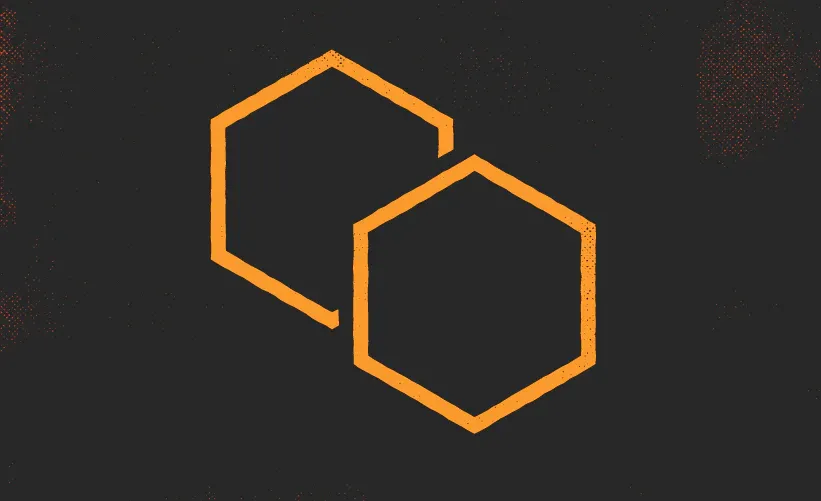
Jakob’s Law
Players will grade your game based on how similar it is to games they’ve played before.
This phenomenon is why players unjustly compare games to ones they've played. Their brain wants to use existing mental models. Your job is to reassemble those familiarities into something new.
Lessons to be learned.
- Slaying the dragon. Dungeons & Dragons is the most prominent RPG in the world. If you are interfacing with any of its players, you will be subject to Jakob’s Law. How might you welcome its fans?
- Teaching is undoing. The way we teach RPGs has to consider the cognitive bias established by previous games. The more similar your game is to another game, the more "wrong" it may appear to an experienced player.
Jakob Nielson | Nielson Norman Group
The Power Law of Learning
Raluca Budiu | Nielson Norman Group
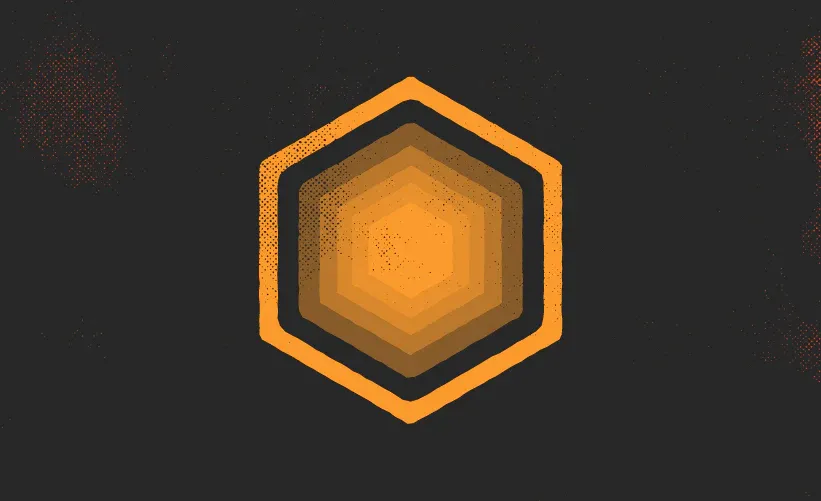
Parkinson's Law
A task will fill the time you give it, even if additional time is unrelated.
This is more folk wisdom than true psychology. Even worse, its origins are rooted almost exclusively in productivity for commerce. Still, it's a real phenomenon for anyone who works in a project-based format—that includes you, your collaborators, and your audience.
Parkinson’s Law illustrates why Dungeon Masters spend years making their campaigns or why designers can tinker with a game for months. Players will likely fall victim to it without built-in stops, incentives, and scaffolding.
Lessons to be learned
- Build in doomsday buttons. How might we insert natural endings into our game designs for combat, narration, or prep? How can we help players do less? My wager: light a fuse. Make combat escalate. Make it impossible to go on forever. Board games have gotten really good at this.
- Performance and productivity can be at odds. I know. You're a perfectionist. Your benchmark for success is what makes you the David Fincher of RPGs (oh, geez). Unfortunately, part of Parkinson's Law is over-emphasizing performance rather than just getting it done.
Assorted Authors | Wikipedia
Time Pressure, Performance, and Productivity
Don A. Moore, Elizabeth R. Tenney | Emerald Group Publishing Limited
The Secret to My Productivity
Hank Green | Vlogbrothers on Youtube
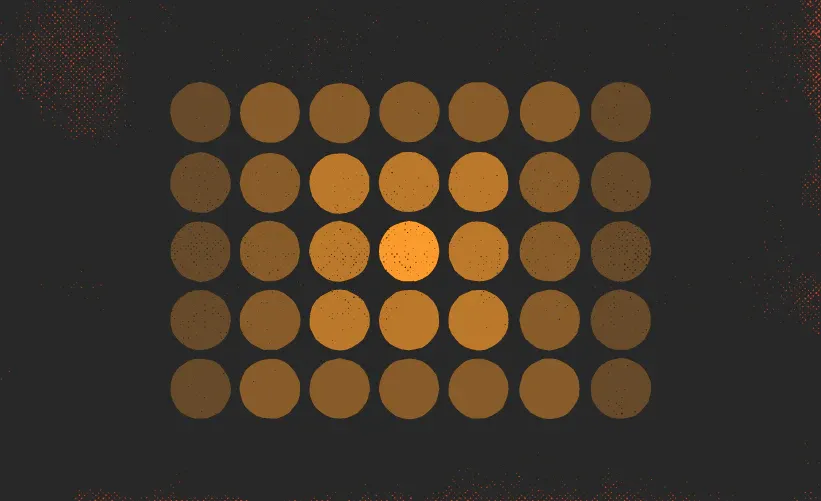
Hick's Law
The more options and complexity there is, the longer and harder it is for players to decide.
We alleviate this stress in design by grouping, differentiating, telegraphing, and prioritizing the options. In other words, we give the audience less information to process or the right kind of information to filter what isn't relevant.
Lessons to be learned
- Simplify the player aids. Complicated or busy player sheets can pull players into the mud on their turn, while busy maps can burn up time when the group has to collaborate.
- Install big red buttons. Sometimes, you can't reduce further, but you can still direct preference. A big red button makes other buttons feel less relevant. Remember: every player has their version of a big red button. Use it.
Assorted Authors | Wikipedia
The Choice Overload Effect
Jennifer Clinehens | Choice Hacking on Medium
Hick’s Law: Making the Choice Easier for Users
Mads Soegaard | Interactive Design Foundation
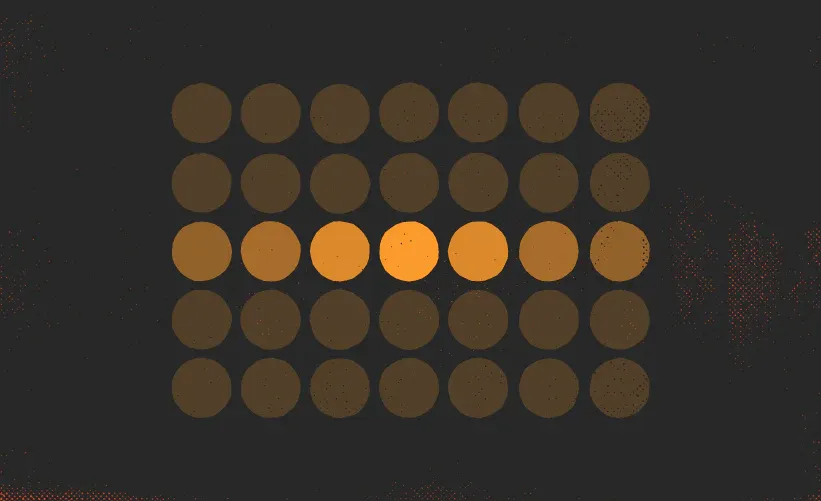
Miller's Law
The average person can only keep 7 (plus or minus 2) things in their working memory.
In roleplaying games, this number is probably closer to 3. (Complexity, abstraction, and collaboration put more stress on working memory.) Help players by organizing content and rules into smaller chunks using design principles and the Gestalt Laws.
Lessons to be learned
- Start with only a few. If the player is new to tabletop games, reduce the options to 3, plus or minus 2. Tabletop games take practice. Never forget that players are uncannily good at making options out of thin air.
- Outsource the brainpower. Tools like index cards, tokens, and cheatsheets lighten the cognitive load. Imagine the kinds of stories and puzzles you can't tell because they're too complicated without them.
Kate Moran | Nielsen Norman Group
Design Principles for Reducing Cognitive Load
Jon Yoblanski | Prototypr on Medium
Design the Dungeon with Numbers
Clayton Notestine | Explorers Design
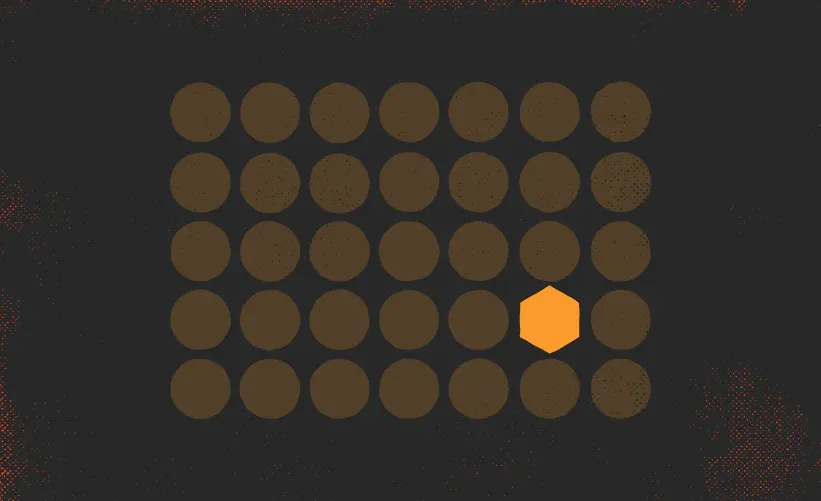
The Isolation Effect
When multiple objects are present, the most different is the most remembered.
Use this effect to your advantage. Design can make a key rule visually distinctive and, therefore, more likely to be remembered. Find the balance, and you can make a game’s strengths the only thing they remember. (Assuming they don't have too much to remember already.)
Lessons to be learned
- Tieflings tieflings everywhere. The most remembered thing will likely become your most used thing. I'm not saying that's what happened with tieflings in D&D, but the isolation effect didn't hurt.
- Subjectivity is the challenge. Your "most different thing" probably won't be the same for everyone. If you're trying to use the isolation effect to your advantage, you'll have to master making one thing stand out without making everything else boring by comparison.
Klaus Oberauer | University of Zurich
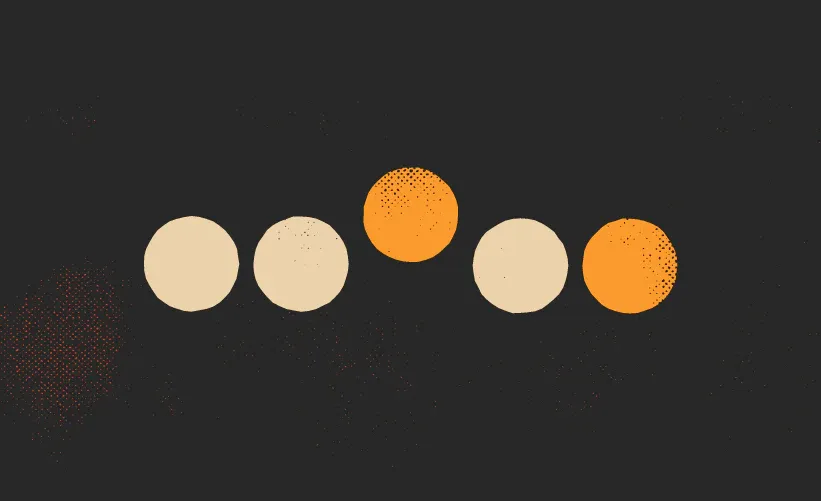
Peak-end Rule
People judge an experience based on its climax and ending rather than the overall experience.
Design for those moments. Identify when your design is most compelling, exciting, and entertaining. If you can make the ending the climax, you can walk away with the winnings.
Lessons to be learned
- Bad endings spoil everything. Don't skimp on the mechanics, components, and pages that'll feature at the end of a session. That's where your game wins the table's hearts.
- Be critical of the middle parts. Players and readers tend to have fewer opinions about a game's middle, so do some digging. Are those systems fun, or was the ending they led to fun? Why not both?
Lexie Kane | Nielson Norman Group
What Is the Peak–End Rule? How to Use It Smartly
Jeremy Sutton, Ph.D. | Positive Psychology
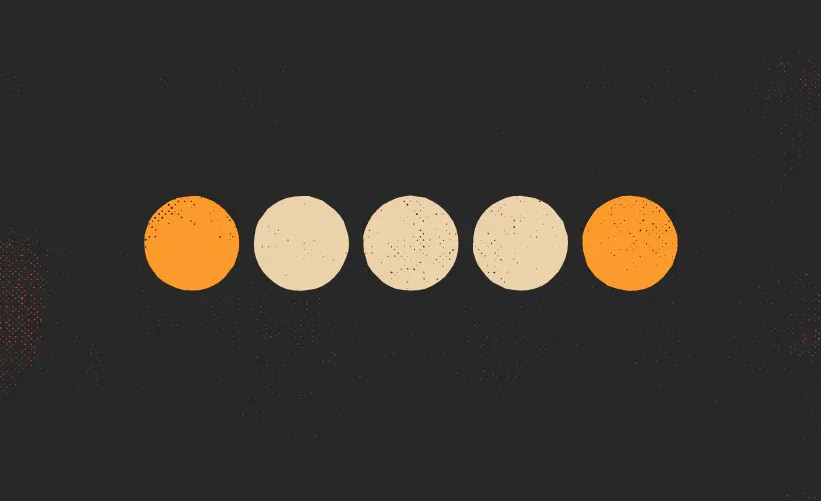
Serial Position Effect
Players tend best to remember the first and last items in a series.
This means that you should place important information at the beginning or end of your lists and patterns to improve memorization. Less important details should be in the middle, which will be glossed over or retrieved when reminded.
You might have noticed this phenomenon provokes interesting questions about the peak-end rule.
Lessons to be learned
- Order that list accordingly. When you’re writing for tables or room descriptions, unless the order is telling a story, put your favorite stuff at the beginning and end so players are likely to remember it.
- Bury the twist in the middle. If you want to surprise players with a twist, betrayal, or visual flourish—put the hints where their subconscious will work against them. Good traps should always be telegraphed, but drama can hide in plain sight.
Euphemia Wong | Interaction Design Foundation
Remembering and Forgetting: Crash Course Psychology #14
Assorted | Crash Course Psychology on Youtube
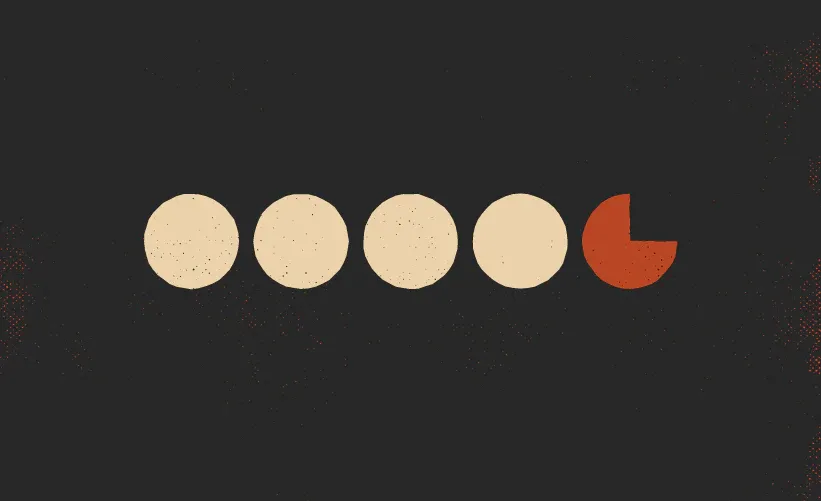
The Zeigarnik Effect
Players remember incomplete or interrupted tasks better than completed ones.
This applies to what’s happening at your table (character progress, story arcs, etc.) and your game design (progress markers, additional content, open-ended systems). Leaving things in-progress can create momentum for players.
Lessons to be learned
- Make what's incomplete visual. If you want players to remember and seek out something, make it visually unfinished. A lot of games do this with unfilled space on character sheets. If your game is about acquiring loot, how can you make an empty bag impossible to ignore on a character sheet?
- Incorporate completed objects into the action. Players seldom stop to enjoy what they’ve accomplished. All they remember are their weaknesses, unfinished clocks, and rumors. Give them satisfaction by remembering to let their completed projects feed into the incomplete ones.
Assorted | UX Collective
The Zeigarnik Effect and Quest Logs
Jamie Madigan | The Psychology of Video Games
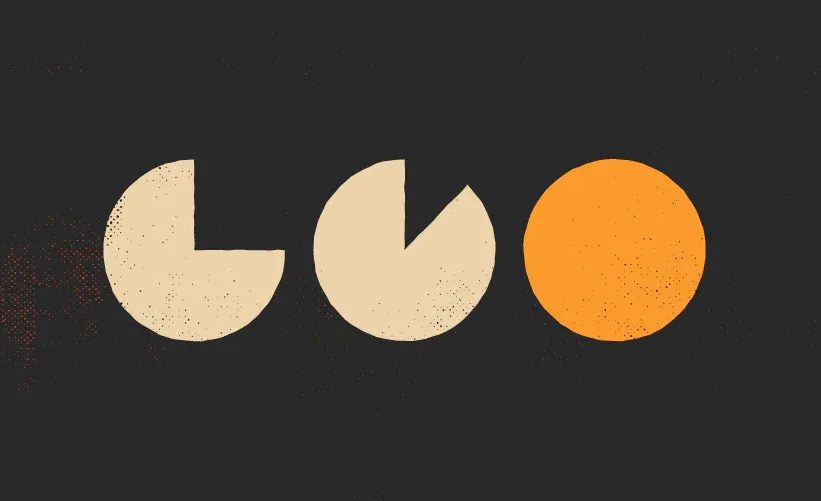
Goal-gradient Effect
The closer your audience gets to completing a task, the faster they’ll work to reach it.
In other words, giving your players and GMs a sense of progress in your game’s design encourages them to keep going. Tables of Contents, progress markers, and other visual motifs are great methods for evoking the Goal-Gradient Effect.
Lessons to be learned
- Put some dials on your books. Books that indicate your visual progress as you turn the pages have a higher completion rate than others. In a dark fantasy game, this can be corruption. In a thriller, it can be increasingly more redacted text. Find a thematic way in.
- Keep the runway clear. If something in your design makes your audience go all in, the last thing you want is a hindrance. Don't be afraid to err on the side of simplicity. Let the design fall away. It did its job.
Brad A. Myers | Carnegie Mellon University
Designing for motivation with the goal-gradient effect
Ian Batterbee | UX Collective
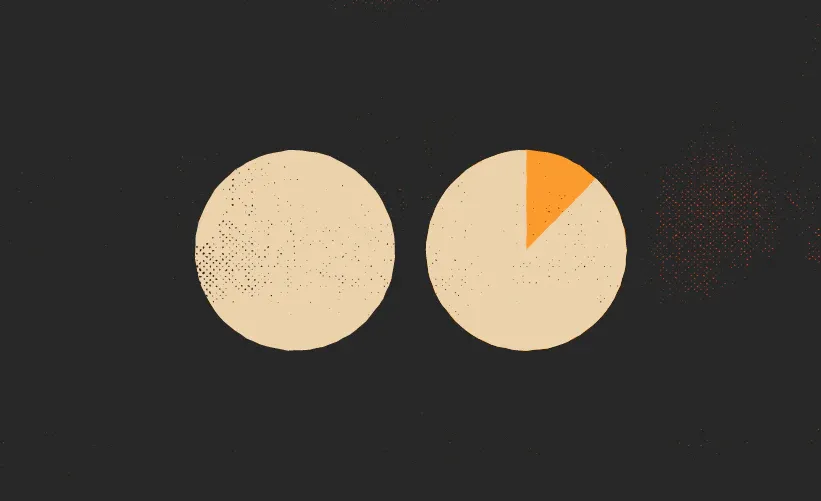
The Ikea Effect
People value an object more if they assemble or finish it themselves.
Named for the furniture brand of the same name, the IKEA Effect is when people value things they make (or finish) more than things they don’t. If you give them a box to sell, they'll sell it for cheap. If you give them a box to build and sell, they'll sell it for more.
Lessons to be learned
- Homebrew is a winning stew. Games that encourage homebrew make zealots of their fans. There are other factors at play, but the Ikea effect is real. They're likely to value the original even more when they build onto an existing game—even if it was to "fix it."
- Building characters builds love for the game. Character building, therefore, is also game building. If players enjoy building their character, they might value the game more.
Michael I. Norton, Daniel Mochon and Dan Ariely | HBS
What is the IKEA Effect?
Assorted | Interactive Design Foundation
Final Thoughts
Many of these concepts hover over our everyday design conversations. Maybe I'll summarize more in the future. For now, what do you think? Let me know on social. Let me know if a video or RPG blog hits at one of these ideas. I'm determined to expand the "further reading" callouts.
Until next time, never stop exploring.



